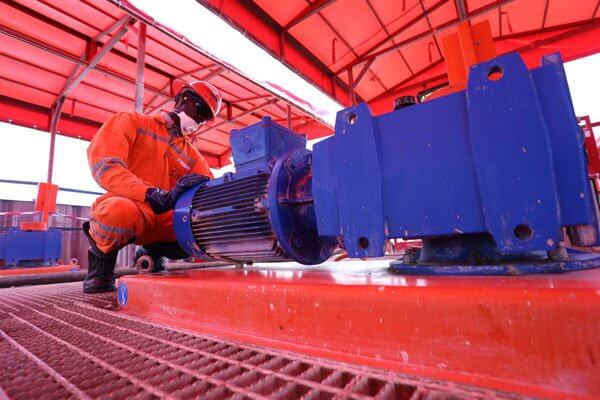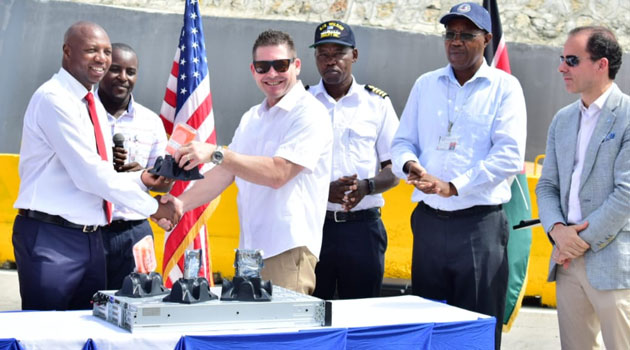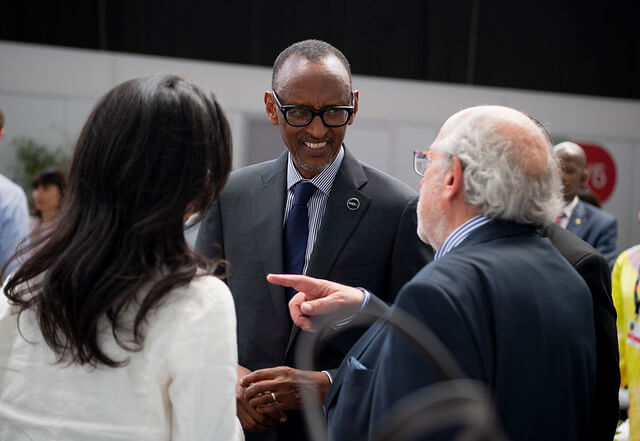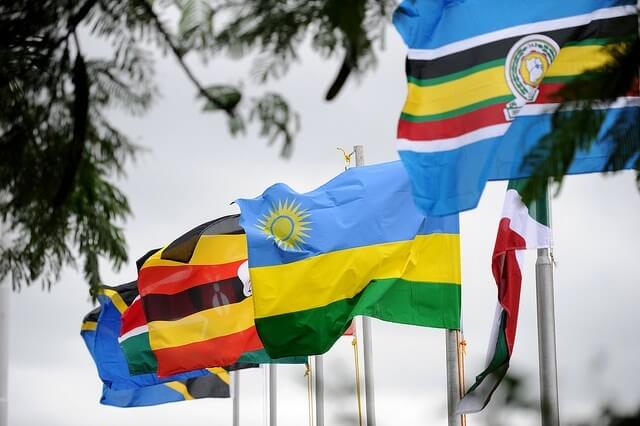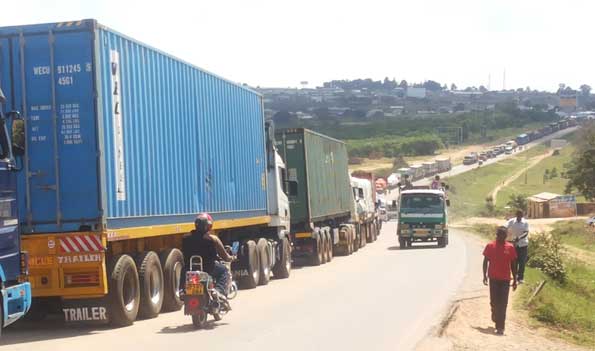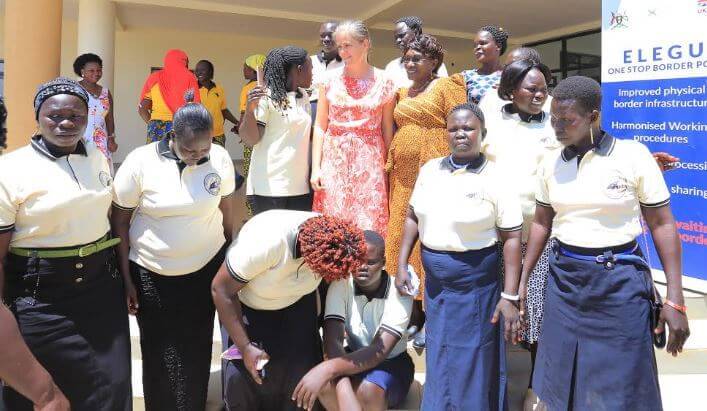Kenya on Wednesday called for harmonized quality products standards across African countries in order to enhance intra-Africa trade. Peter Munya, cabinet secretary in the Ministry of Industry, Trade and Cooperatives, called on the African continent to commit to the progressive elimination of tariffs and non-tariff barriers to trade in order to contribute to the sustainable development of Africa. "Kenya is in talks with the African Organization for Standardisation (ARSO) member states to develop a common regulatory framework that will fast-track the implementation of the African Continental Free Trade Area (AfCFTA) agreement," Munya said during the official opening ceremony of the 25th ARSO general assembly and the Africa day of Standardisation forum. He reaffirmed Kenya's commitment in promoting intra-African trade through elimination of import duties and non-tariff barriers, especially the technical barriers to trade (TBT). Bernard Njiraini, acting managing director of the Kenya Bureau of Standards called on African countries and the regional economic communities to harmonize standards, technical regulations and conformity assessment systems so as to realize the full benefits of the AfCFTA. "We are cognizant of the central role that standards and conformity assessment plays in the realization of the full benefits of the Free Trade Area Agreements (FTAs)," said Njiraini. Kenya, having been among the first batch of countries to ratify the AfCFTA agreement, is in the process of putting in place economic and trade policies that will support standards development systems and the quality infrastructure necessary to ensure conformity to standards, including testing, certification, and laboratory accreditation,...
Kenya roots for harmonized quality standards for enhanced intra-Africa trade
Posted on: June 21, 2019
Posted on: June 21, 2019


